The freedom of slow travel
7 min read
The freedom of slow travel

Roxanne de Bruyn
- Home
- Guides
- The freedom of slow travel
I have never liked rushing. My mother has often told me I have no sense of urgency, and she probably has a point.
I am a firm believer in taking the time to enjoy the little things in life: a warm patch of sun, a nice glass of wine, the stars on a clear night… these are the things that make happy, wherever in the world I may be. Yet, often in the bustle of modern life, it can be a challenge to make the space and time for them.
The beauty of travel is that, away from many of the responsibilities and commitments of everyday life, you have all the time in the world.
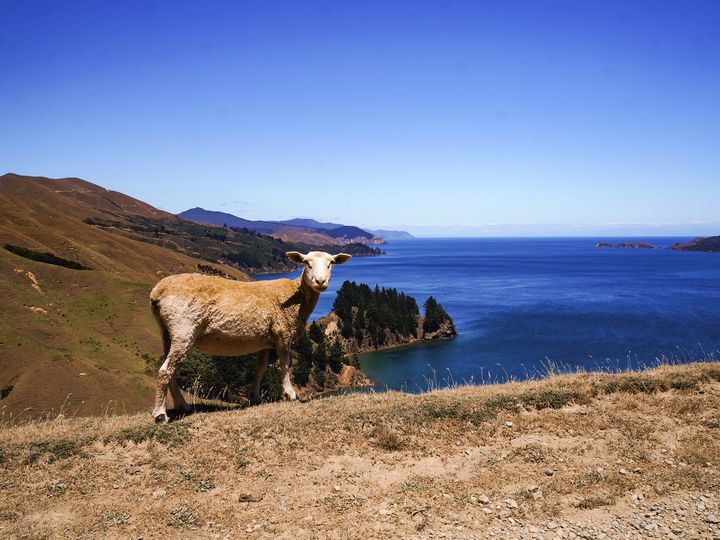
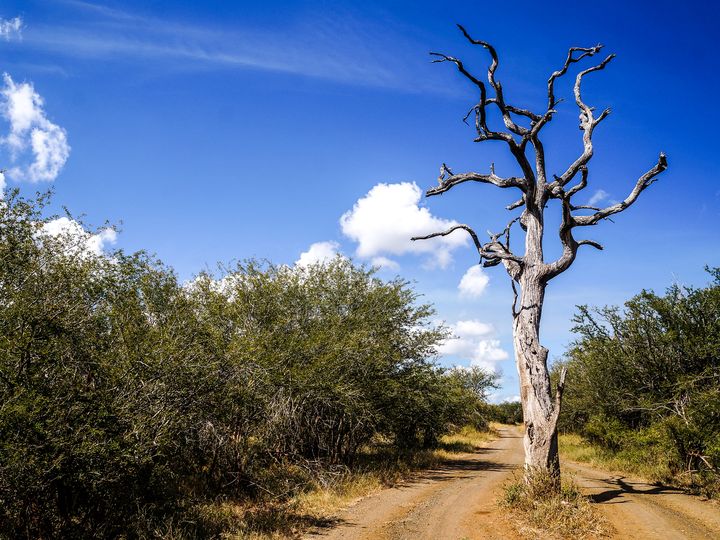
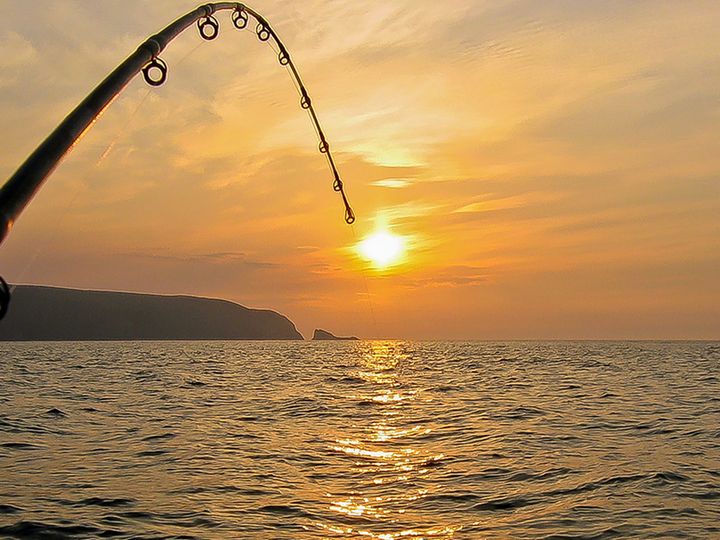
Many people fill that time with sightseeing and lists, packing their schedule with as many deadlines and commitments as they’d have in the office. With only a short amount of time to spend in one place – and sometimes a hint of travel FOMO – it can be easy to approach travel as a project, with a set of milestones to hit before you leave.
Instead, I suggest embracing the freedom you have when you arrive in a new place. It’s the freedom of an anonymity and an empty calendar, where you can see everything or nothing, depending on your mood. Where you can decide to sit in a piazza for hours or hop on a train to nowhere in particular, simply on a whim.
What is slow travel?
Slow travel is the art of taking the time to just be, but in a new place, where simply looking out of the window is an enthralling experience.
People often choose beach or resort holidays as their chance to relax and takes things slowly. I believe this philosophy should extend to any trip.
Originally slow travel (following the slow food movement) focused on spending at least a week in a destination. For me, as mentioned above, slow travel is the having the freedom to do nothing, if you choose, while you’re in a different place.
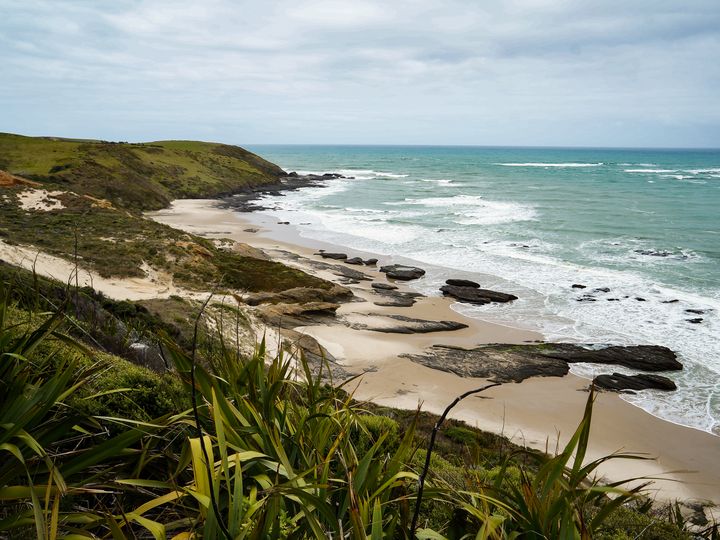
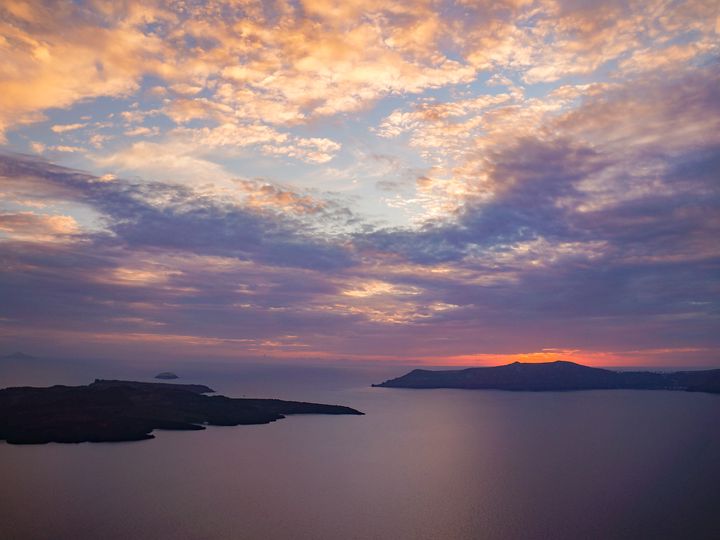
By giving yourself that freedom, you also give yourself permission to experience your new surroundings in a new way, without the everyday boundaries we subconsciously put on ourselves. It’s an opportunity to learn by watching and immersing ourselves in a new place, the way we do as children.
Many people associate slow travel with sustainable travel. This isn’t always the case, however, staying somewhere for longer means you are more likely to inject money into the local community, and less likely to support mass tourism.
And, perhaps most rewardingly, it’s a way to go beyond the superficial and begin to gain a deeper understanding of a piece of a place and some of its stories.
How does slow travel work?
In its essence, it’s the simplest thing in the world. Just travel slower.
The uncomfortable truth is that if we want to do things slower and more deliberately, we need to do less. Some people are comfortable with that – and they may find it natural to travel slowly. Others don’t, which is okay too.
You don’t have to travel slowly. We just want to avoid getting to that state where you feel like you need a holiday after your holiday.
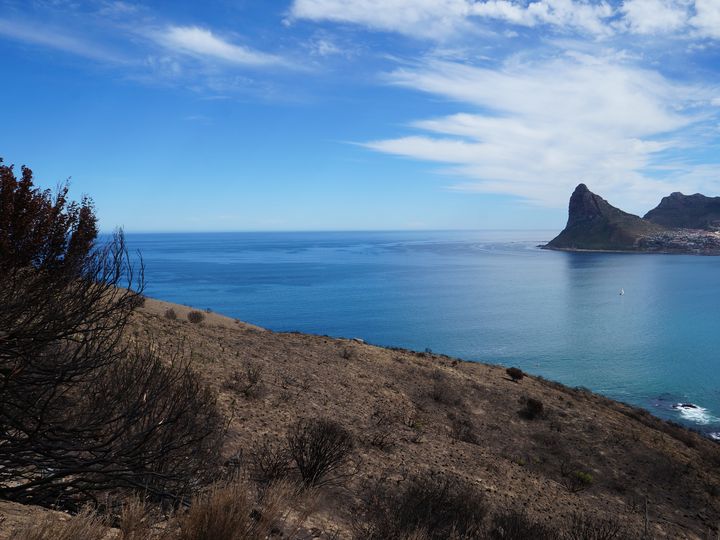
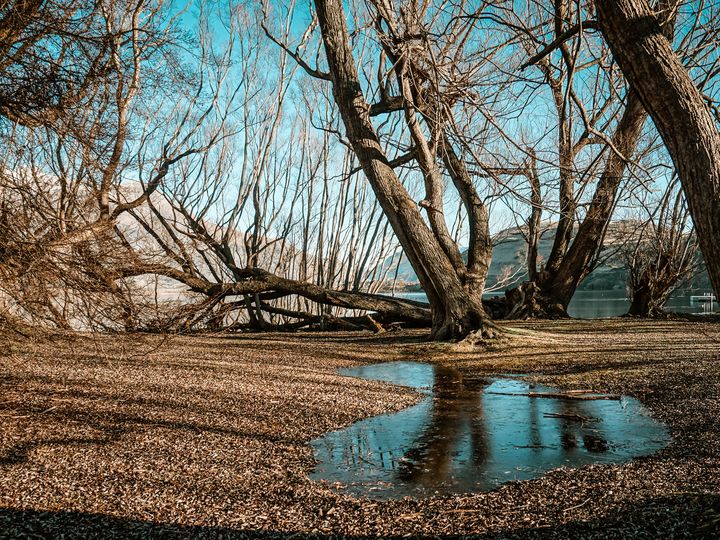
So, here’s my advice for your next trip:
Spend more time than you think you need to in each destination
If you want to spend three days in a city, make it five. Give yourself the opportunity to be bored, so you can see how you fill the time. Having some down days gives you the opportunity to recover from travelling and new experiences and find your comfort zone again.
Bouncing from culture shock to culture shock isn’t fun, no matter how much you enjoy seeing new things. Give yourself the chance to get into the rhythm of a new place before you leave it again.
Alternate between cities and somewhere with natural beauty
If you’re lucky, you’ll get both of these things at once. Otherwise, if there’s a beach or national park near the city you’re staying in, tack on a couple of days there, instead of just visiting for a day trip. There’s something about being in the midst of nature that makes us all instinctively slow down and relax.
Pick the top three things you want to see or do in the next place you visit…
…and don’t plan anything else for the rest of your time there. The trick is to give yourself the opportunity to check in with yourself (and your travelling companions if you have them) and see how you feel like spending your time. If it’s seeing more attractions, go for it! Or if you’re tired and just want to spend an hour relaxing in a comfy chair at a local café with a good book (maybe even a book about the country you’re visiting), give yourself permission to do that too.
Just how slowly are we talking?
Ultimately, that’s up to you and your situation. Depending on how long it takes you to travel somewhere, how much time you can take off from work, and your personal temperate are all factors.
We typically spend at least a week in a city, and a month in a country, longer if we have the time. And in that time, we often don’t see all the bucket list destinations. We generally travel overland and visit at least a couple of major cities and some smaller ones. We find it often takes a couple of days to recover from jet lag (we live in New Zealand, so everywhere is far away and a different time zone) and culture shock and to really start to enjoy life in this new place.
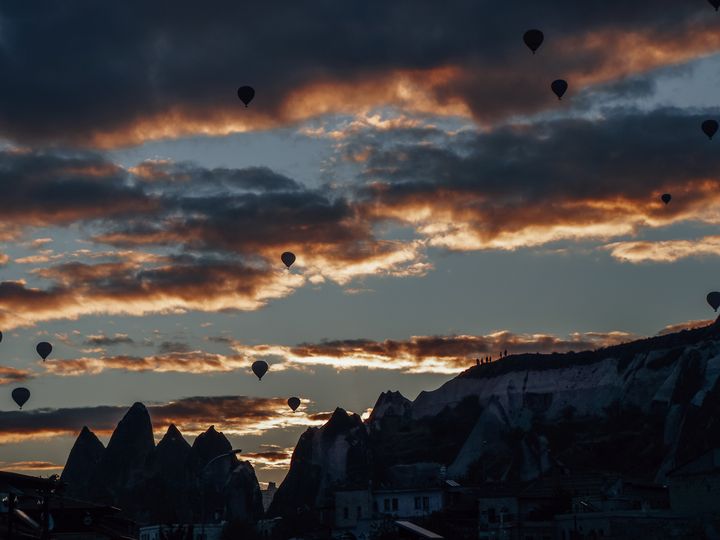
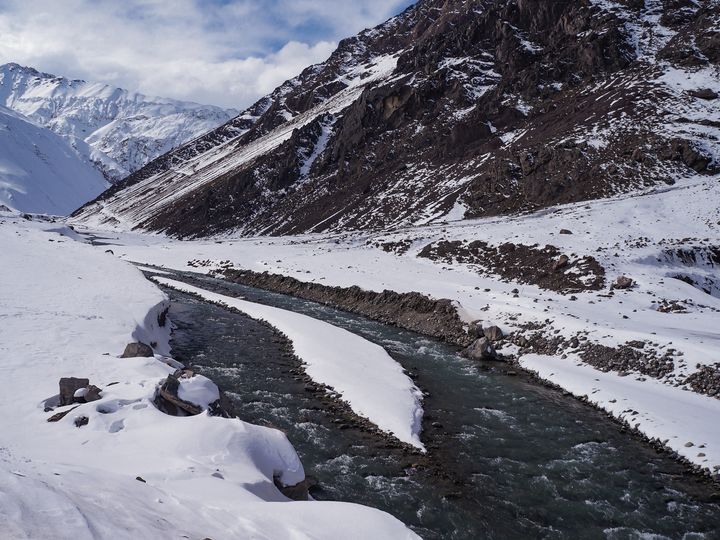
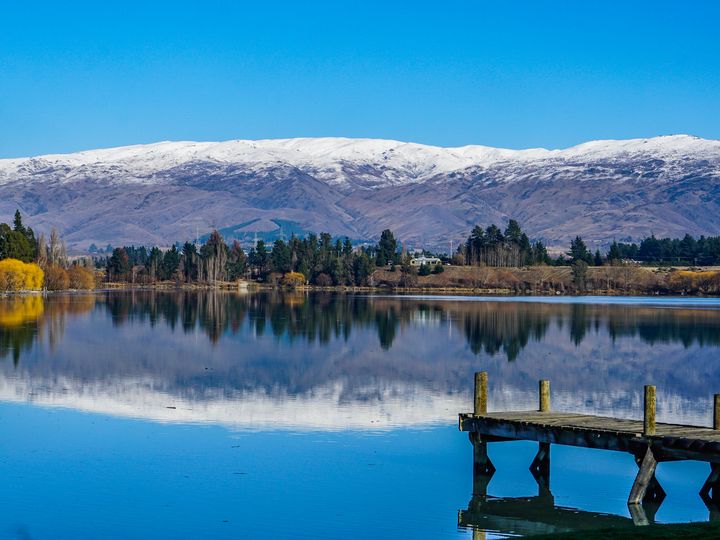
It’s a delicate balance though – too long in a new place and we start to feel adrift, like everyone is moving on with their lives except us. Then, we unexpectedly find ourselves yearning to make a permanent life somewhere we have no intention or desire to actually settle in.
When it comes down to it, everyone is different, and it’s about finding a pace of travel that works well for you. Where you can feel like you’re making the most of your perhaps limited vacation days (especially for my US readers), while feeling like you’ve seen a country and had a legitimate break by the end of your trip.
Slow travel is about giving yourself permission to do less in the time you have, just in case it’s actually an opportunity for you to see a little bit more.
Slow travel in practice – for me
There are lots of tips about slow travel. Many involve getting off of social media or your phone and doing your best to be in the moment, avoiding tourist attractions and doing an extensive amount of research about the history and culture about your destination before you get there.
I don’t do any of these things – or at least not all the time.
While I’m not that keen on social media, I like to keep up-to-date with current events, keep in touch with family and take photos of the beautiful places I visit. It makes me happy. I generally see at least some of the major attractions and a splattering of smaller ones – and some of my omissions are honestly embarrassing, like spending over a month in Florence and visiting the Archaeological Museum multiple times, but never setting foot into the Uffizi. I also haven’t been to the Vatican, because we just didn’t feel like going when we were in Rome, and spent hours wandering through the streets instead.
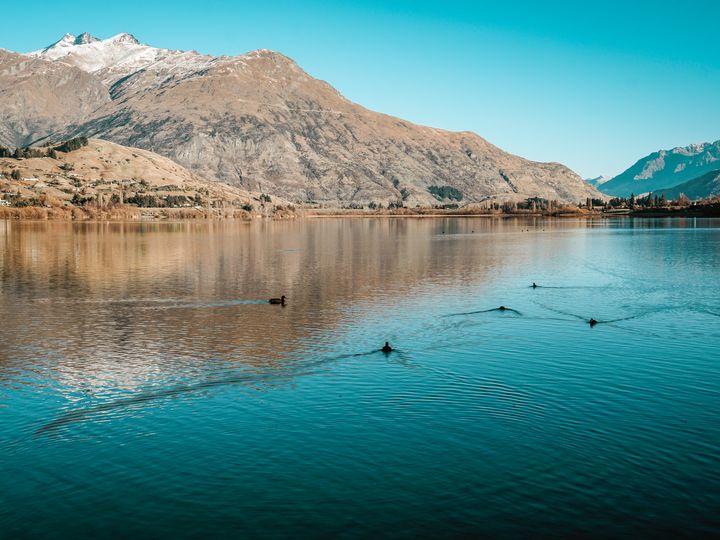
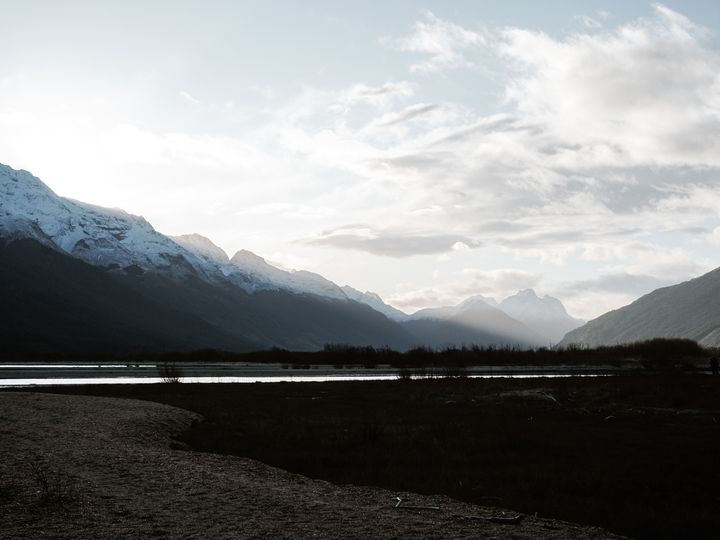
At the same time, I prioritise the attractions I care about. I love ancient history, so I’ll always end up in an archaeological museum or ancient site. We’ve seen a huge amount of ruins in Greece, Italy and Turkey, to the point where my husband can identify different types of columns and Roman brickwork just by looking at them.
We generally don’t go on tours, but occasionally we make an exception if we think we’ll get greater insight from the tour guide than we’ll find on the internet. To date, the highlights are the Colosseum tour in Rome, a Dachau tour with a former NATO commander, and Context Travel’s history through architecture tour in Buenos Aires.
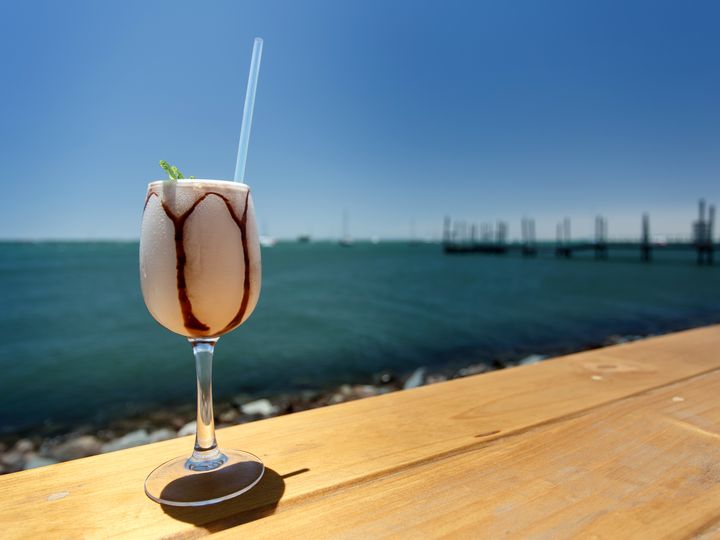
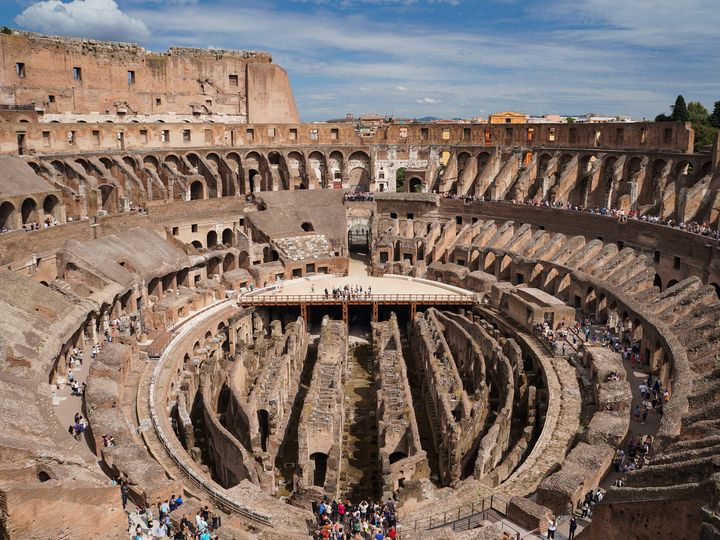
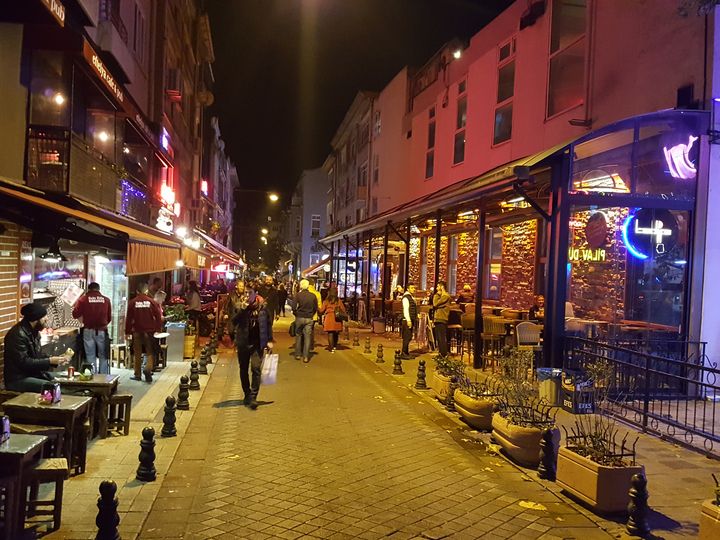
Sometimes, I do a lot of research. Other times we’ve literally turned up somewhere and realised we know absolutely nothing about it. During our long-term trip travelling through Europe, I made a point of reading books about the places we were visiting while we there. I found it fascinating.
Generally, though, we base ourselves somewhere and explore the area from there. Being in one place for at least a week gives us the time to settle in to a new routine and explore the surrounding places. When we stay in cities, we often pick neighbourhoods just outside the main tourist hub, where it’s a bit quieter and gives us a little more insight into everyday life.
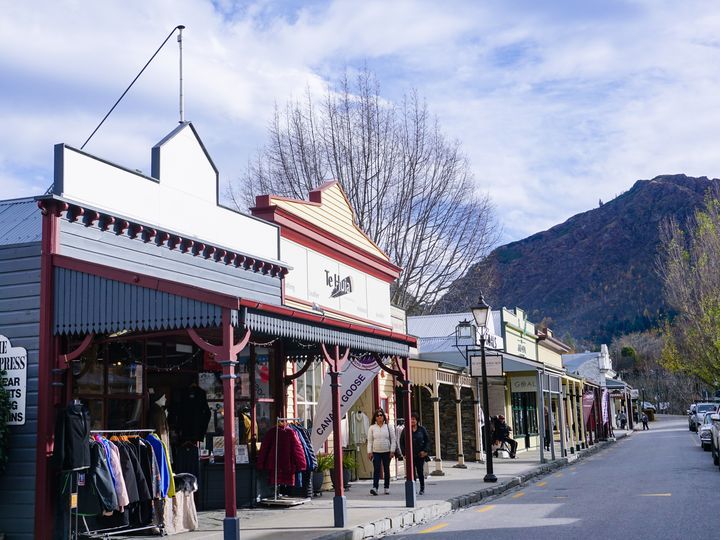
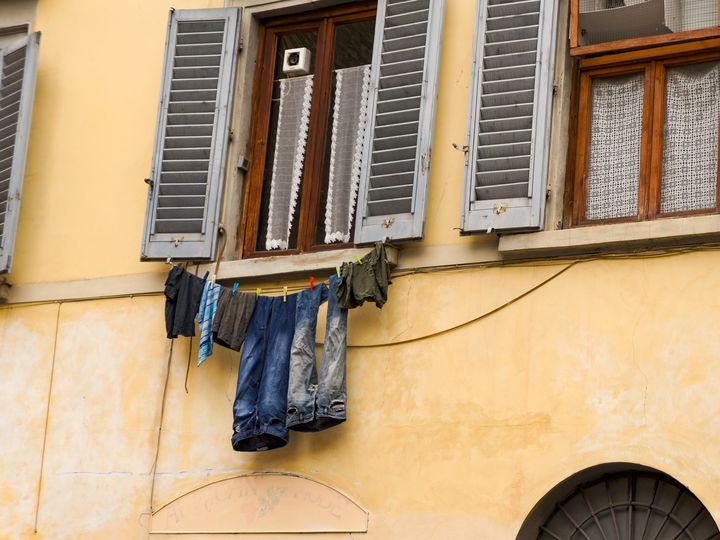
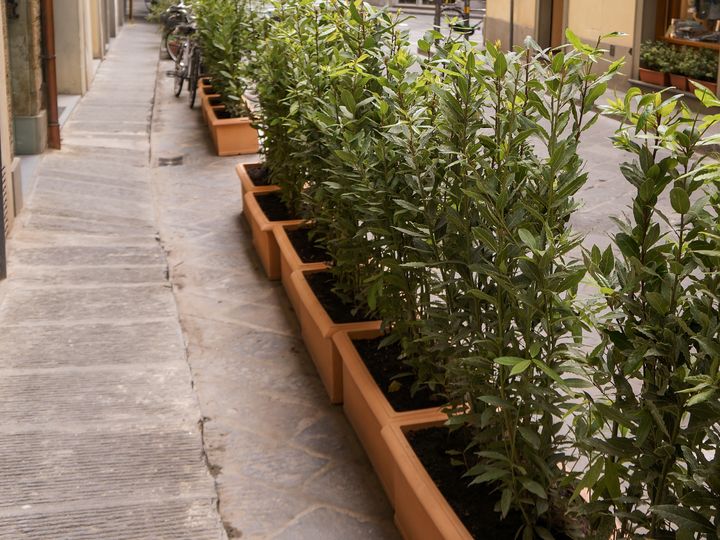
Then we tend to travel overland to our next destination. As well as being more sustainable than air travel, it’s a great way to see more of the countryside.
Final thoughts on slow travel
So, as you can see, there’s not just one way to simply one way to travel slowly, nor is there a set of rules to follow. Rather, it’s about travelling deliberately in a way that keeps you energised and in tune with yourself and your surroundings. That may look different depending on where you are and your broader situation – it certainly does for me!
In this article
-
- Introduction
- What is slow travel?
- How does slow travel work?
- Just how slowly are we talking?
- Slow travel in practice – for me
- Final thoughts on slow travel
Content retrieved from: https://www.farawayworlds.com/guides/slow-travel.


